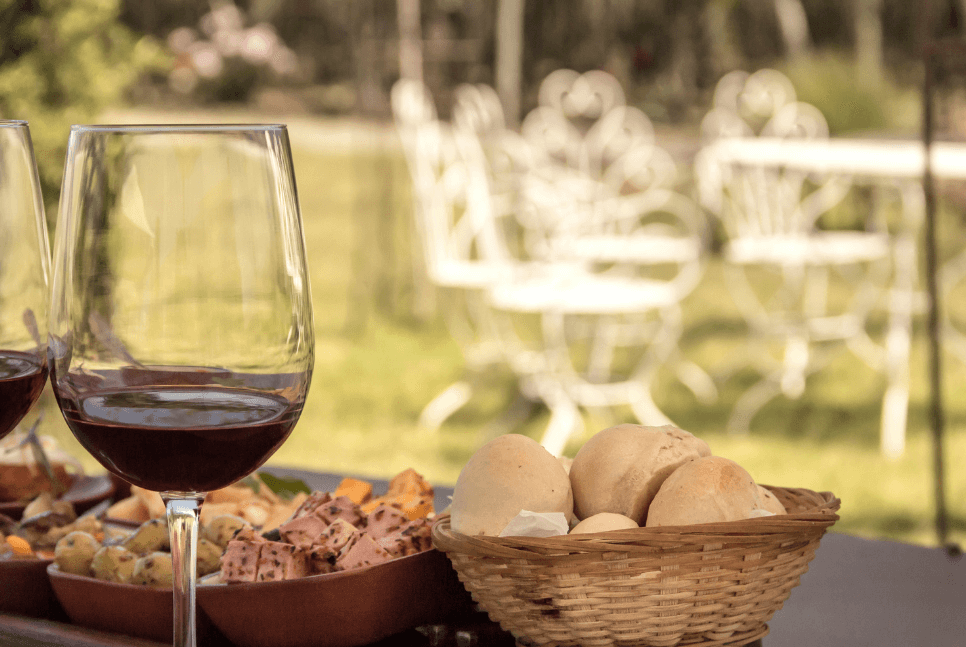
Food and wine tourism in Western Sicily: a journey through taste
Are you planning a trip to Western Sicily and don’t know what to eat? Never fear, we will take you on a real experience through typical Sicilian cuisine, including the most famous dishes and little-known specialties. To be licked!
Street food in Palermo: what not to miss
Our journey starts from the capital of the Sicilian region, namely Palermo, a city rich in history, tradition and culinary art. A must stop is to get lost in the city’s alleys and pop into the market of the Vucciria to try the street food. Here, you can find the famous panelle, or a chickpea fritter served in between bread (be careful not to burn your palate, they are served piping hot!). From Rocky instead you can savor the best “pan ca meusa”
(meuza is the spleen, which along with other calf innards is boiled or steamed, then later sautéed). Palermo’s authentic cuisine continues with the stigghiole Tanino’s boiled octopus, roasted fish, and swordfish rolls. All accompanied strictly by an ice-cold beer from Barrak, Palermo’s best craft brewery located in the heart of the city, near the famous market of Ballarò. A great way to start the food tour.
Trapani: eat well and spend little
Eating in Trapani means immersing yourself in traditional Sicilian dishes and especially seafood cuisine. One cannot leave the city without first tasting, for example, the tuna roe, or fish brodetto, and Egadi lobster soup. (one of the oldest recipes passed down from mother to son). At the historic city center you can find several places to fill your belly without spending a fortune. These include. Sapurito, with a few tables and a menu ranging from Trapani rolls to arancina, octopus and panelle to seafood sandwiches. The advice is not to arrive too late for dinner so as not to run out of room, as they do not take reservations.
Sea flavor, irresistible spices and history: these are the ingredients instead of the famous Cous Cous alla Trapanese, a dish of Maghreb origin that arrived in Sicily during the period of Arab rule. From this
fusion cross-cultural here is the birth of a unique delicacy that is honored every year with the
Cous Cous Fest in San Vito lo Capo, the area’s flagship event and a major multicultural integration event.
The province of Trapani also turns out to be among the most star-studded in terms of wine selection: among the best varietals deserves a mention the SALAPARUTA DOC, municipality located in the hills of the Belice Valley and in the center of the archaeological area of Segesta and Selinunte, which is now a real feather in the cap for the whole island. Tasting to believe!
Agrigento: between variety and typical cuisine
The cuisine of the province of Agrigento presents a great variety, due both to the influences and dominations that were inevitably reflected in the gastronomic sphere as well as to the physiognomy of the territory. Indeed, in the Agrigento area, coastal areas (linked to elements such as fish and the sea) alternate with inland areas (presence mostly of olive groves and orchards).
In the former case, typical dishes include the cuttlefish soup of Siculiana Marina, the sole alla saccense
in Sciacca and the sardine meatballs Licata. On the other hand, as far as inland gastronomy is concerned, try the pasta di San Giuseppe in Ribera and the cavatelli Agrigento-style. Among the more original specialties, on the other hand, the macco of Raffadali (considered by many to be the “auspicious dish”) and the tagano of Aragona (a very rich and tasty dish).
The wine production of this part of Western Sicily also has been given several significant awards: the title among the best organic wines goes to the Nero d’Avola in purity, from vineyards in the Agrigento area located a few kilometers from the Scala de Turchi. For a refreshing and fully satisfying stop, the advice then is to stop in Sciacca and specifically at “Uncle Aurelius.”. Here, you will taste the best lemon granita in the Agrigento area, to be enjoyed if you wish with a very tasty brioche.
Food and wine tourism in Italy: Sicily in first place
The data are clear: from the Food and Wine Tourism Report 2021 shows that taste tourism in Italy has increased in the past year by 10 percent. More and more tourists are deciding to move to discover new food and wine routes, and the Sicily remains the most popular destination, chosen not only for variety of offerings, but also for tradition and affordability.
The consumer’s approach to traditional winery visits is changing: they now want to take an active part in the excursion and actual activities (ranging from olive harvesting to grape harvesting). The task of wineries and others is to promise the guest an unforgettable experience and to make him or her become an element of that farming community by offering a three-hundred-and-sixty-degree tasting experience under the banner of eating well and having fun.
by Davide Donnarumma





